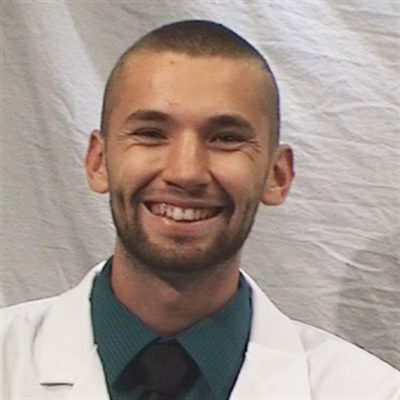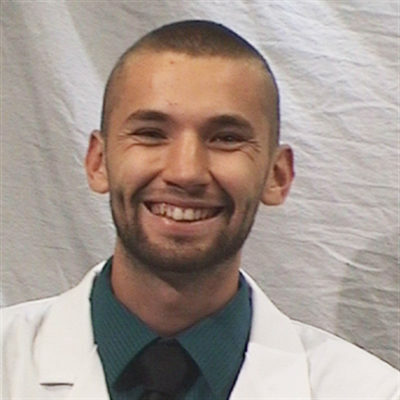No longer are patients waiting in waiting rooms, holding doors open, and shaking hands with their health care providers. Health care is no different than any other industry, and rapid changes have occurred in how patients are seen since the COVID-19 pandemic began. Swift action by providers and insurance companies alike has allowed alternative styles of treatment to become available in the past several weeks. Telehealth is one option to treat patients that has increased in usage dramatically.
PT visits are covered for Medicare, Medicaid, Wellmark, United Healthcare and most other insurance plans, with some companies waiving the patient copay for telehealth during the COVID-19 crisis.
What is telehealth?
Telehealth has been utilized as a method of patient-provider interaction for years, but has become wider spread in the last few months, as it allows you to meet with your health care provider virtually. For the purposes of this post, we will talk primarily about telerehabilitation, a subsection of telehealth, that can describe therapy services provided remotely. This interaction usually occurs by a video call, which allows you to meet with your provider face to face in real time.
How does telehealth work with physical therapy?
Physical therapists are trained movement specialists that have a deep knowledge of anatomy and how the various systems—skeletal, muscular, cardiovascular, lymphatic, and nervous—work together to cause the body to move. Many times when patients visit a physical therapist, they have some sort of an issue with movement. Maybe there is pain, tightness, swelling, or unsteadiness. At Des Moines University, our physical therapy curriculum focuses on a holistic approach to treating patients from an osteopathic perspective. In practice, this means if a patient comes to us with complaints of shoulder pain, we are going to look at their whole body, from head to toe, to determine each patient’s true impairment.
A telehealth visit with a physical therapist may be used to provide health education and advice, monitor clinical status, or deliver interventions.A virtual visit with a therapist may look similar in structure to meeting a physical therapist in the clinic. They will likely start by asking you some questions about your symptoms. Then they may watch you do certain movements, such as walking across the room, standing up from a chair, or reaching above your head. The therapist will use all the information they have gathered to make an educated decision about the best interventions. They may demonstrate and watch you perform a task, give you instructions on the best care, or teach you by supplying other resources.
Nick Maiers, DPT, PT, is a physical therapist that practices at the Des Moines University Clinic. Typically seeing patients face to face, he has adapted quickly to meeting with patients virtually since COVID-19 began spreading in Iowa. “After the very first visit, I realized that I can actually offer a considerable amount of value, and all of the patients I have worked with through telehealth have been very appreciative,” he says.
Probably the skill we use the most as physical therapists is communication. This skill is imperative when meeting virtually whether we are attempting to explain what we need to see to make a clear clinical decision or conveying information to you about our treatment plan. Dr. Maiers says, “Some of the greatest value in physical therapy comes from communication; communication on activity modifications, graded activity and exercise, and education on pain or areas of patient concern. All of these high value physical therapy interventions can be managed through telehealth communication.”
Physical therapists are trained in many manual skills and learn to examine patients using palpation and other hands on techniques. Many of these tools are unavailable or more difficult for practitioners conducting a visit via telehealth. However, even over video, a therapist should be able to educate a patient on how to perform a self-mobilization, which can give the patient a sense of ownership over their treatment and increase the benefits further. A benefit of virtual therapy is a therapist gets the opportunity to see how a patient performs in their own environment. A therapist can observe a patient and give guidance based on the resources that are available to them at their home rather than a clinic. This can remove barriers to the patient’s treatment making it easier to improve even faster.
The Des Moines University Clinic is currently offering virtual physical therapy appointments. Visit the website to set up an appointment or find more information about our telehealth options.
Who benefits most from telehealth?
Telehealth has exploded in its usage with the current pandemic but will undoubtedly remain to be a method of delivery more providers offer for their patients. Research has shown that patients with a variety of conditions in different settings have benefitted from telehealth. Patients with low back pain, recovering from total knee arthroplasty, or strokes are among the conditions that have been formally researched.
Telehealth for rural communities
I grew up in a rural community with a critical access hospital serving the county and surrounding area. The need for health care workers has always been apparent, and specialty services involve providers visiting from other hospitals in the region. Patient’s need access to health care professionals but may not have the means to meet with a provider regularly. By being able to visit virtually, specialists from metropolitan areas that may not typically make a monthly trip to a rural hospital could meet with patients when the patient needs it, in real time. Visits by telehealth would not eliminate the need for a patient to meet their providers face-to-face, but it could lessen the burden on patients, families, and providers by decreasing the frequency.
Dr. Maiers agrees. “I do not believe telehealth can completely capture the value of in-person communication, hands-on guidance and treatment, but for the time being I’ve found it, as have my patients, to be a valuable and reasonable alternative.”
Need to connect with a physical therapist or learn more about virtual visits? Our exceptional physical therapists at the Des Moines University Clinic can help. We are currently offering virtual appointments for patients, and are sharing our special classes and programs on our Facebook page. Visit the DMU Clinic website or call 515-271-1717 to learn more.


